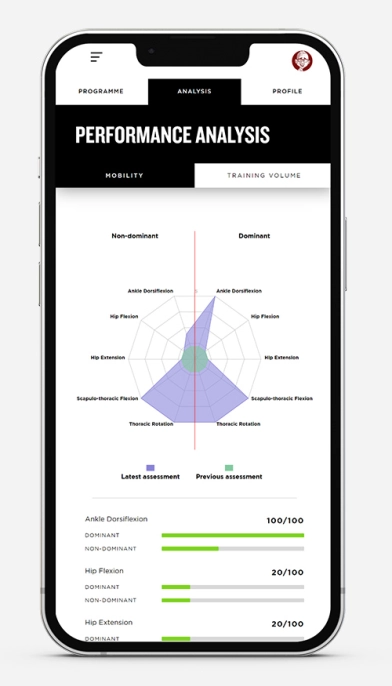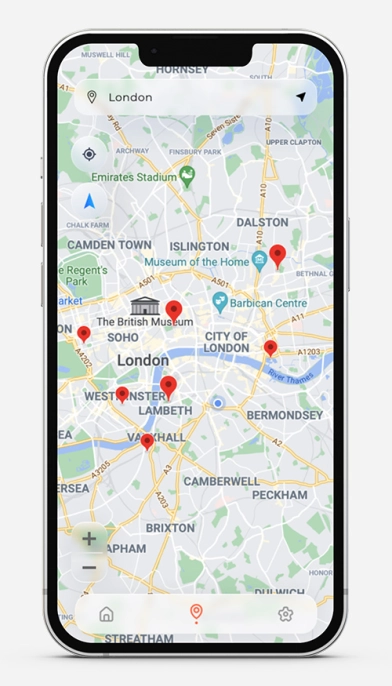In this insightful episode of the Tech Toolkit Podcast by Scorchsoft, we delve into the complex world of app development economics. The podcast primarily aims to demystify the critical elements of app development costs, providing listeners with a comprehensive understanding of this often perplexing subject.
The episode begins with a discussion on the importance of defining the scope of your app, focusing on core features that directly address your users' needs. We emphasise the importance of prioritising usability and simplicity over quantity of features, a strategy that also helps control costs.
We then break down the cost elements involved in app development. Starting with the initial development cost, we explain the investments needed in resources, software, and hardware. We also highlight the often-overlooked maintenance costs, necessary for keeping your app functional and competitive post-launch.
The podcast provides key aspects to consider when estimating the cost of an app development project. These include defining the goal of the app, considering potential features, identifying complex functionalities, and deciding on the scale and type of the app.
We also underscore the importance of understanding the value behind the development costs. Just like buying a car, assessing an app's features, performance, and durability is as significant as looking at the price tag. We caution against spending a large chunk of your budget on non-essential features that may not contribute to the app's success and ROI.
The conversation further explores the concept of return on investment (ROI) and the importance of measuring it to assess the financial viability of your app. We stress that calculating ROI isn't just about crunching numbers; it requires a deep understanding of your business model, target market, and competitive landscape.
We conclude the episode with cost-optimisation strategies, including creating a minimum viable product (MVP) and making informed decisions that maximise value and ROI.
Key Topics Covered:
- Understanding the complexity of app development costs.
- Importance of focusing on core features.
- Initial development cost and maintenance costs.
- Factors influencing app development cost.
- Understanding the value behind the costs.
- The concept of return on investment (ROI).
- Cost-optimisation strategies and the concept of MVP.
- Making informed decisions to maximise value and ROI.
Full Podcast Transcript
Welcome to another episode of Tech Toolkit by Scorchsoft, your essential resource for all things tech, entrepreneurship, and innovation. In today's episode, we're focusing on a crucial topic that often puzzles startups and tech entrepreneurs — understanding and effectively managing the economics of app development. From deciphering the costs and evaluating the value to calculating the return on investment or ROI, we're here to demystify it all.
Starting an app development project is a significant step. It's often a journey into the unknown, especially for beginners. Many variables need to be considered, and the cost is undoubtedly one of the most perplexing aspects. There's no one-size-fits-all answer to the question, "How much does it cost to develop an app?" That's because app development isn't a straightforward process. It's a complex journey that involves a variety of costs.
When we envision our app, we may be tempted to pack it with all the features we can think of, believing that it will add value and attract more users. However, this approach can backfire. An app overloaded with features can become complex and confusing, leading to a poor user experience. The user interface might become cluttered, making navigation difficult. Users may find it challenging to locate the functionality they need or understand how to use the app. This complexity can deter users, leading to low adoption and engagement rates. Instead, it's better to focus on a few core features that directly address your users' needs. Prioritise usability and simplicity over quantity of features. You can always add more functionality in future updates based on user feedback and needs. This strategy has a double-benefit, as it will also allow you to keep control of your costs; As building smaller well-targeted features is going to cost less than building a wide range of complex ones!
First and foremost, you have the initial development cost. This is the amount you'll spend on planning, designing, and creating the app from scratch. It's like building the foundation and structure of a house. You'll need to invest in the right resources, from hiring developers and designers to purchasing the necessary software and hardware.
But that's not all. Once your app is live, you'll also need to consider maintenance costs. These are the costs associated with updating and improving your app post-launch. Just like a house needs regular cleaning, repairs, and renovations, your app will require constant care to ensure it remains functional, attractive, and competitive.
Estimating the cost of an app development project might seem like a daunting task, particularly if you're not technically inclined. However, there are some key aspects you can consider to get a rough idea of the scope and potential cost of your project.
Firstly, you should clearly define the goal of your app. What problem is it trying to solve? Who is it for? This will help to frame the purpose of the app and guide the development process.
Next, think about the possible features your app needs. Does it need a user login? Will it need a search function? Perhaps it needs a shopping cart for e-commerce. Each feature may add complexity, and therefore cost, to the project.
Consider if your app needs to do anything 'clever'. This could be utilising GPS for location-based services, Bluetooth to connect to an external device, sending push notifications to users, or integrating with other software or databases. These functionalities often require more complex coding and can increase the cost of development.
The scale of the app is another important factor. Is it a simple app to be used by a few hundred users, or do you expect usage to be in the millions.
You should also decide whether your app is a web app, which is accessed through a web browser, or a mobile app, which is downloaded onto a device. Mobile apps often require more development work as they need to be compatible with different operating systems and screen sizes.
Lastly, consider any complex features such as video or audio integration, or requirements that need a lot of screens. For example, a marketplace app where there is a buyer and a seller would require separate interfaces for each user type, increasing the complexity and cost of the project.
Crafting a list of features and requirements, bearing the above factors in mind, greatly aids your developers or selected agency in providing a more accurate estimate for designing, building, and supporting your app. However, it's crucial to keep in mind that app development typically costs several tens of thousands of pounds, not single-digit thousands. While apps can indeed be key enablers of multi-million-pound revenue ideas, they are far from inexpensive. So, ensure you're prepared for this level of investment.
But cost isn't the only consideration in app development. It's equally important to understand the value behind these costs. Imagine you're buying a car. You wouldn't just consider the price tag, would you? You'd also look at the car's features, performance, and durability. Similarly, different features and functionalities can add value to your app. They can enhance the user experience, boost engagement, and ultimately contribute to your app's success.
While it's important to make your app valuable and engaging, spending a large chunk of your budget on non-essential features can lead to unnecessary costs and reduced return on investment (ROI). Non-critical features are those that do not directly contribute to the primary function of your app or significantly enhance the user experience. They might seem exciting or innovative, but if they don't align with your users' needs or expectations, they may not add much value. Instead, they can inflate your development budget, delay the project timeline, and complicate the app. Before investing in any feature, ask yourself: Is this feature essential to solve the user's problem? Will it enhance the user experience significantly? If not, it might be best to hold off on that feature and instead focus your resources on areas that directly contribute to your app's success and ROI.
This balance between cost and quality is crucial. One way to help determine whether the development cost is worth the investment, it's essential to measure the return on investment or ROI for your app, or individual features of the app. ROI is essentially a calculation that compares the cost of development and maintenance with the revenue or savings it generates. It's a metric that can help you assess the financial viability and success of your app. But keep in mind, calculating ROI isn't just about crunching numbers. It requires a deep understanding of your business model, your target market, and your competitive landscape.
As you plan your app development journey, don't get so caught up in the initial development cost that you forget to plan for long-term financial commitments. Build some contingency into your initial development budget, and remember that your journey doesn't end when your app goes live. It's just the beginning. Support and maintenance costs, which can range from 5-15% of your project cost per year, need to be factored in. These costs depend on your project's complexity and the demand for new features each month.
Now, let's move on to cost-optimisation strategies. How can you manage your development costs effectively? There are several strategies and tips you can consider. For instance, you could handle some tasks manually or use Google Forms for non-critical functions. This approach can help you create a minimum viable product or MVP. An MVP is a basic version of your app that includes only the essential features. It allows you to test your app in the market, gather user feedback, and make improvements before investing in more advanced features. This strategy can save you money and time in the long run.
Ultimately, the key to cost-optimisation is making informed decisions that maximise value and ROI. It's about understanding your business needs, evaluating your options, and choosing the most cost-effective solutions.
In conclusion, understanding the economics behind app development is vital in today's business landscape. It's not just about building an app - it's about creating a tool that offers value and drives ROI. The success of your app - and ultimately, your business - depends on your ability to manage costs, maximise value, and generate a healthy return on investment.
That's all for today's episode of Tech Toolkit by Scorchsoft. We hope you found this discussion insightful and helpful. Stay tuned for more insights and tips in our upcoming episodes. Thank you for tuning in! Here at Scorchsoft, we understand the intricacies of app development economics. Our team is experienced in delivering innovative, technically complex projects using the latest web and mobile application development technologies. So if you find yourself in need of help, then please don’t hesitate to contact us.











